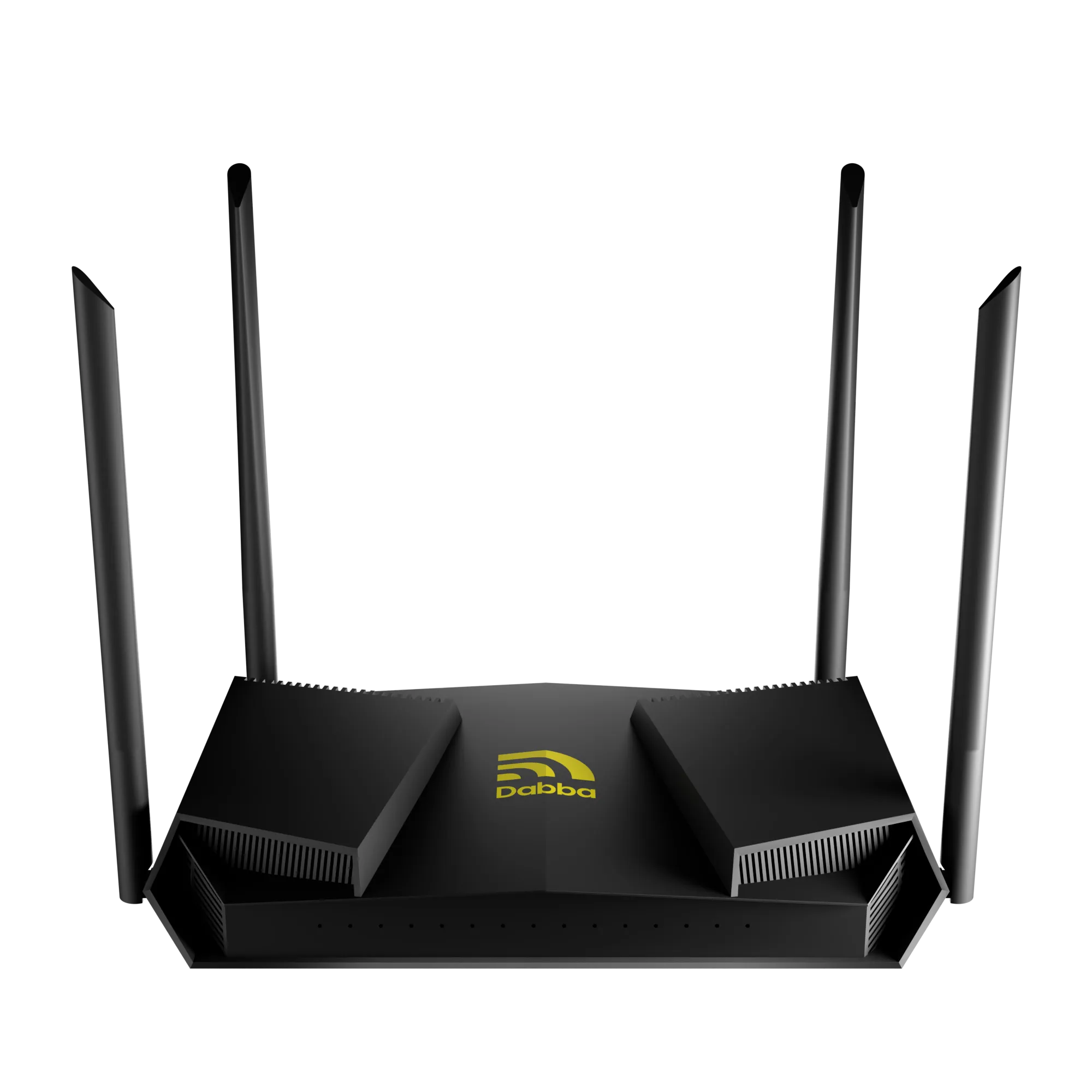Decentralized Physical Infrastructure Networks (DePINs) today are amongst the most promising sectors in the blockchain space offering real world utility and driving web3 adoption. While many crypto projects falter under bear market pressures, DePIN projects show a strong level of resilience, outperforming much of the broader crypto ecosystem even during downturns.
For example, even in the bear run between 2022 and 2024, DePINs posted remarkable growth. According to crypto research and analytics firm Messari, DePIN, revenue grew 100x from $100 million to $5 billion between 2022 and 2024.
But what exactly makes DePINs so resilient to bear markets? Let’s break it down.
1. Real-World Utility and Demand
Unlike many speculative tokens or protocols that rely heavily on hype cycles, DePINs are anchored in real-world use cases. These projects combine blockchain incentives with physical infrastructure. Popular examples of DePINs include decentralized wireless networks (like Dabba Network), data storage (like Filecoin), and compute networks (like Render).
Even when crypto prices fall, the underlying demand for services like storage, connectivity, and compute power remains. This real-world utility helps shield DePINs from pure market speculation and gives them a value proposition beyond token price.
2. Revenue-Generating Models
DePINs don’t just rely on tokenomics—they have robust revenue streams. Here are some notable examples:
- With Dabba Network, all Dabba Lite hotspots are deployed with a paying customer, and every hotspot consistently generates revenue as data is consumed on the network.
- Filecoin earns fees from users needing decentralized storage solutions.
- Render monetizes excess GPU power for rendering tasks.
These business models create a cash flow that allows DePIN projects to continue operations, maintain infrastructure, and even expand—regardless of whether BTC is at $100,000 or $30,000.
3. Incentive Alignment and Community Participation
DePIN ecosystems are structured to reward participants for contributing physical resources like hotspots, bandwidth, storage, or compute power.
During bear markets, miners, stakers, or node operators often exit other blockchain networks because rewards no longer cover costs. For example if Bitcoin prices fall, miners find it very difficult to generate profits.
Here’s an example of a popular Bitcoin mining firm in the US closing down after it suffered massive losses and found it difficult to scale operations due to tanking Bitcoin prices. In May 2023, DPW Holdings, the parent company behind “Digital Farms” a popular Bitcoin mining firm, filed bankruptcy with the SEC as BTC price plummeted.
Unlike staking or mining where rewards are tied to the tokens, in case of DePINs the rewards are tied to the actual use and performance of the network, not just speculative inflationary token rewards. This makes the networks stickier and less prone to collapse when prices fall.
For example, with Dabba Network, all stakeholders continue to share revenue regardless of the market conditions. Customers pay for data consumed, irrespective of how the broader crypto market is performing.
4. Decentralization Reduces Single Points of Failure
Centralized infrastructure providers often cut costs, scale down, or even go bankrupt during downturns. DePINs, by contrast, are distributed by design.
Thousands of independent participants run nodes, provide services, and secure the network globally. This decentralization makes DePINs more resilient to external shocks, regulation, or capital shortages, and reduces reliance on a single entity to survive tough market conditions.
5. Institutional and Enterprise Adoption
While retail investors often panic in bear markets, institutional players and enterprises may see downturns as buying opportunities or moments to deepen integration.
Enterprises using decentralized storage, wireless, or compute solutions often care more about performance, cost savings, and reliability than token price. As a result, for DePINs, enterprise demand can remain steady or even increase in downturns, further cushioning DePIN ecosystems.
6. Emerging Megatrends: AI, IoT, and Edge Computing
DePINs are mostly innovative capitalizing on the most transformative technology trends:
- Decentralized Wireless
- Artificial Intelligence (AI)
- Internet of Things (IoT)
- Edge Computing
As these sectors grow, they create non-crypto-native demand for DePIN resources. For example, the demand for data on the Dabba Network is independent of broader crypto market conditions. This “non-crypto-native” demand helps DePINs outperform during broader crypto market slowdowns.
7. Strong Narrative and Investor Interest
Finally, narrative matters; especially in crypto. Even during the 2022–2023 bear market, narratives like DeFi, NFTs, and L2 scaling helped select projects thrive.
For example, BONK, currently the largest memecoin on Solana was airdropped during the bear run in late 2022. The token witnessed a remarkable growth with the price doubling in just within a few weeks of its launch – regardless of the market conditions.
Today, DePINs benefit from a strong and sticky narrative: building real-world infrastructure, democratizing access, and lowering costs through decentralization. This keeps venture capital, developer talent, and community attention flowing into the sector—even when prices are down elsewhere.
Final Thoughts
DePINs offer a unique combination of real-world utility and revenue generation. These factors allow them to better withstand crypto bear markets compared to purely speculative projects.
While no sector is entirely immune to macro pressures, DePINs have proven to be one of the most durable and promising areas in blockchain—making them a sector to watch closely, regardless of market cycles.
Disclaimer:
The information provided in this article is for informational and educational purposes only and does not constitute financial, investment, or trading advice. The content reflects market observations and opinions at the time of writing and should not be interpreted as a recommendation to buy, sell, or hold any cryptocurrency or digital asset. Readers are encouraged to conduct their own research and consult with a qualified financial advisor before making any investment decisions. Cryptocurrency investments carry significant risk and may not be suitable for all investors. The author and publisher assume no responsibility for any financial losses or decisions made based on the information presented.
